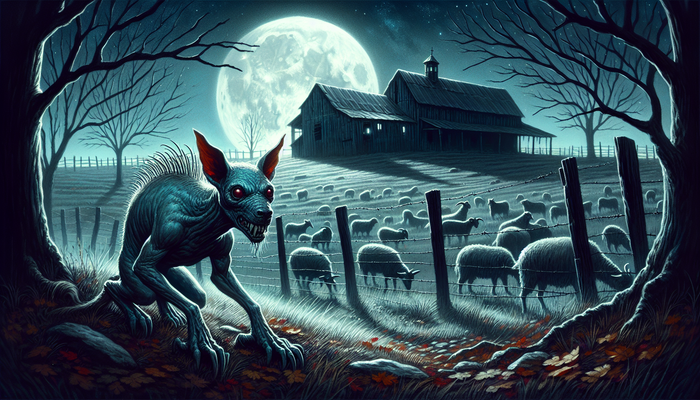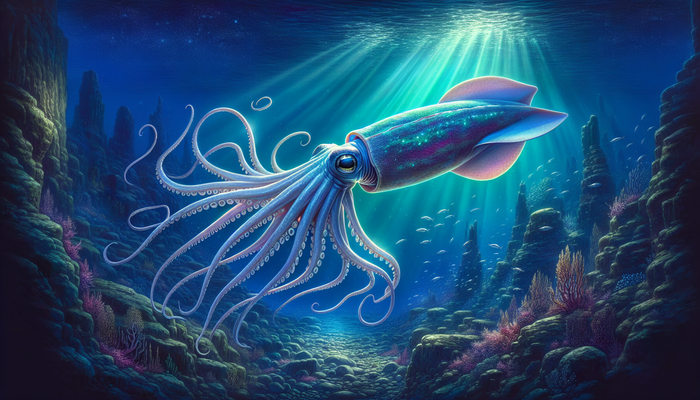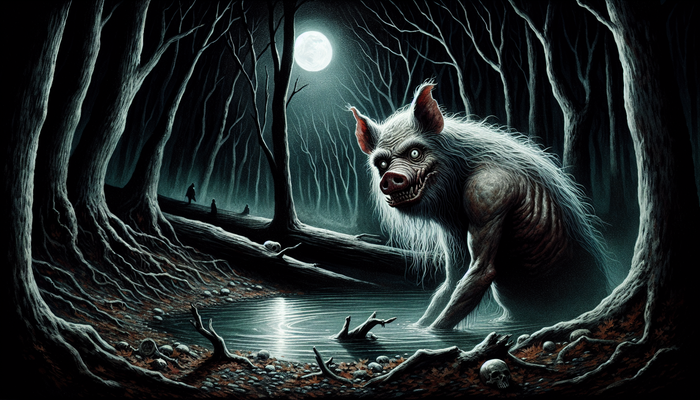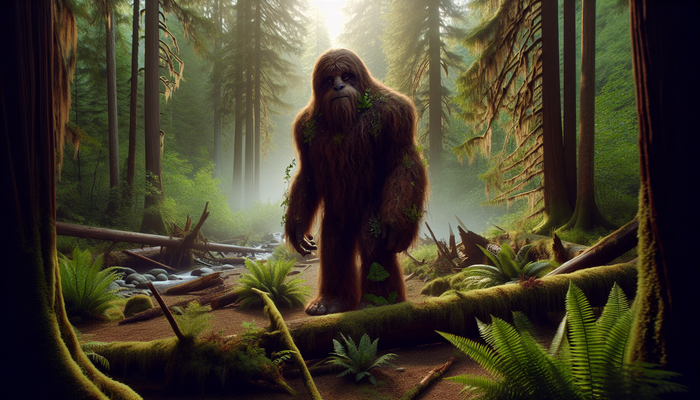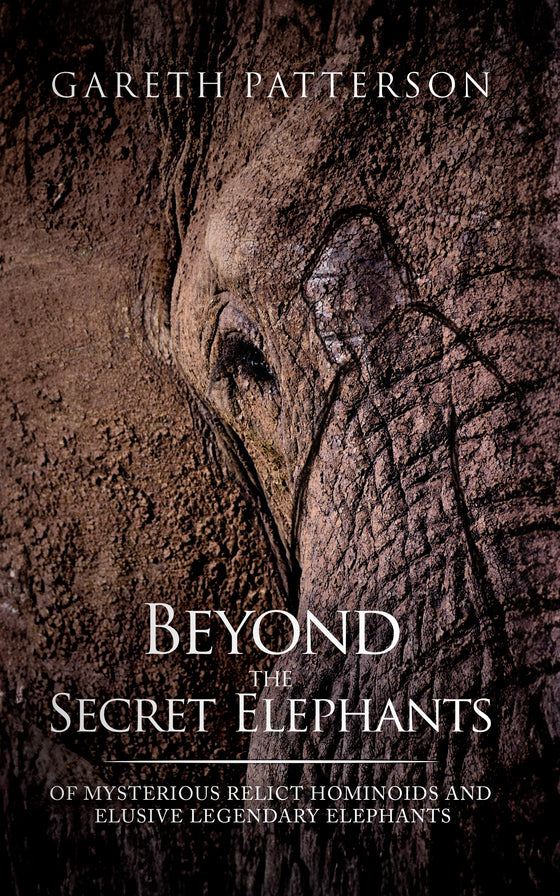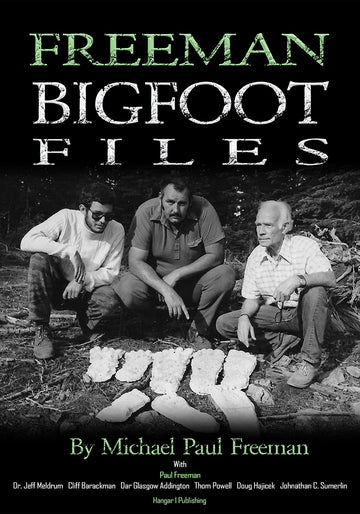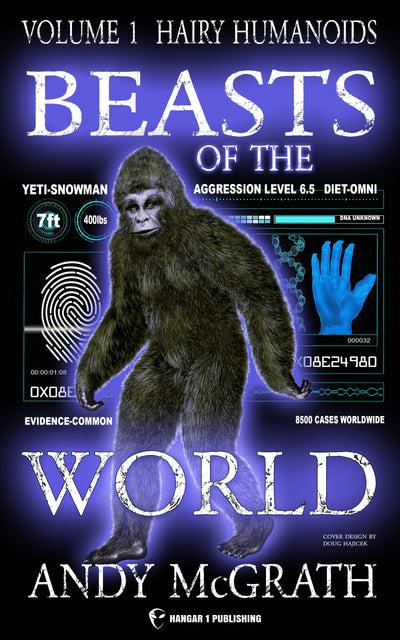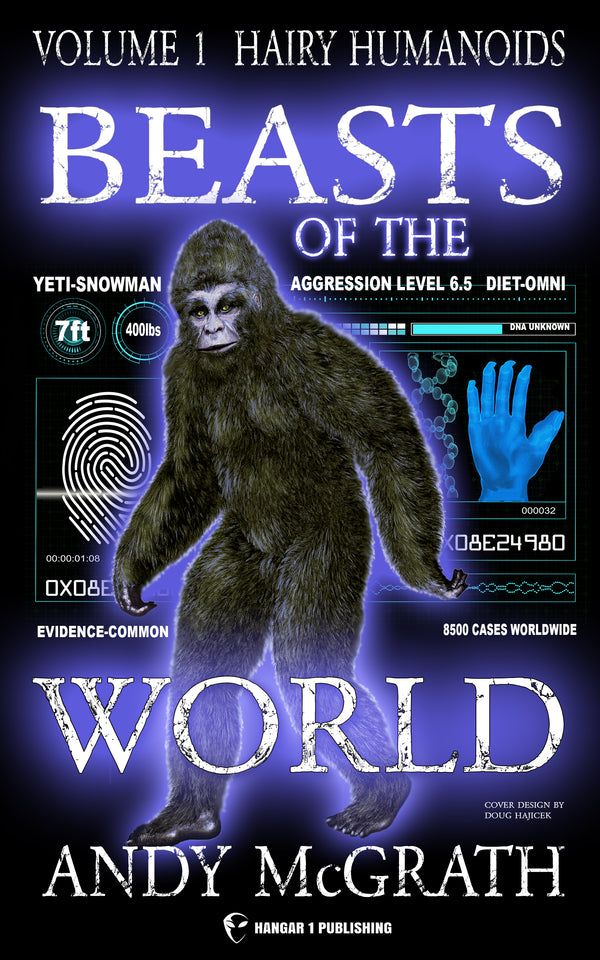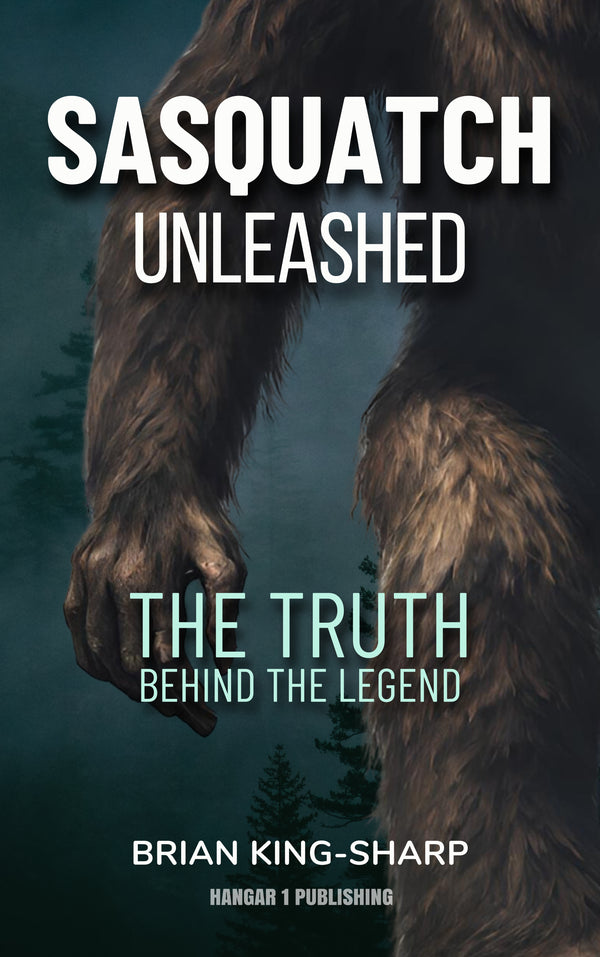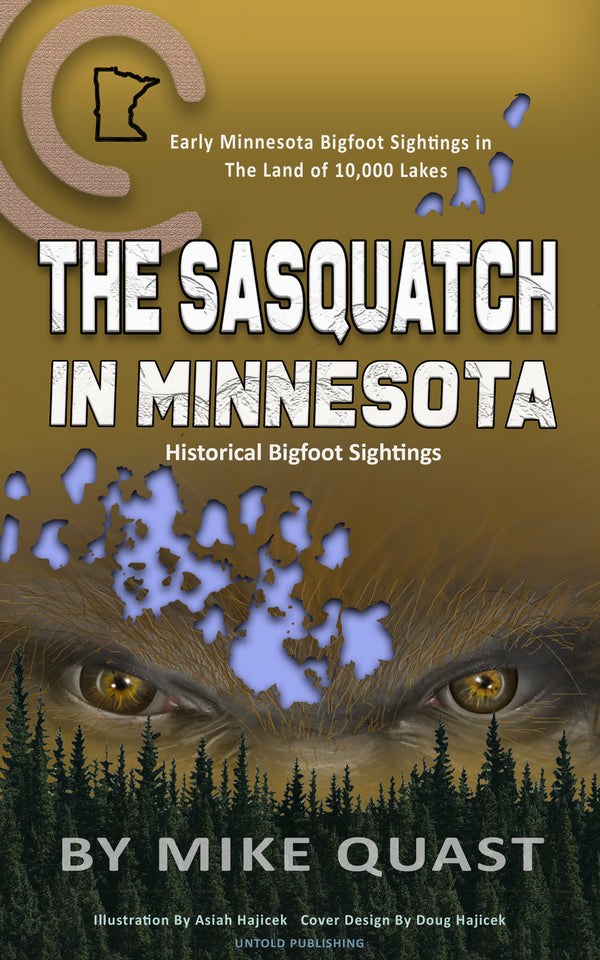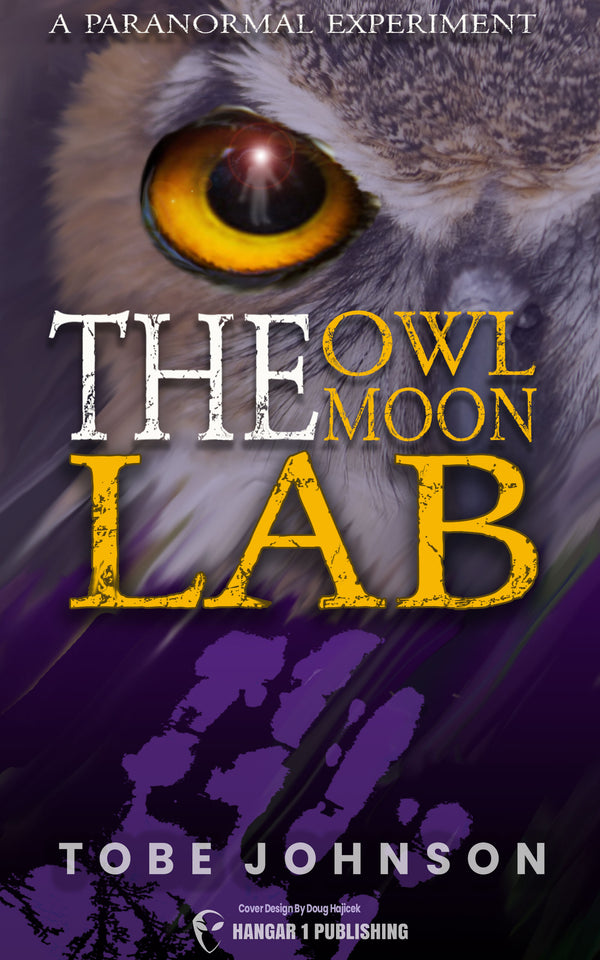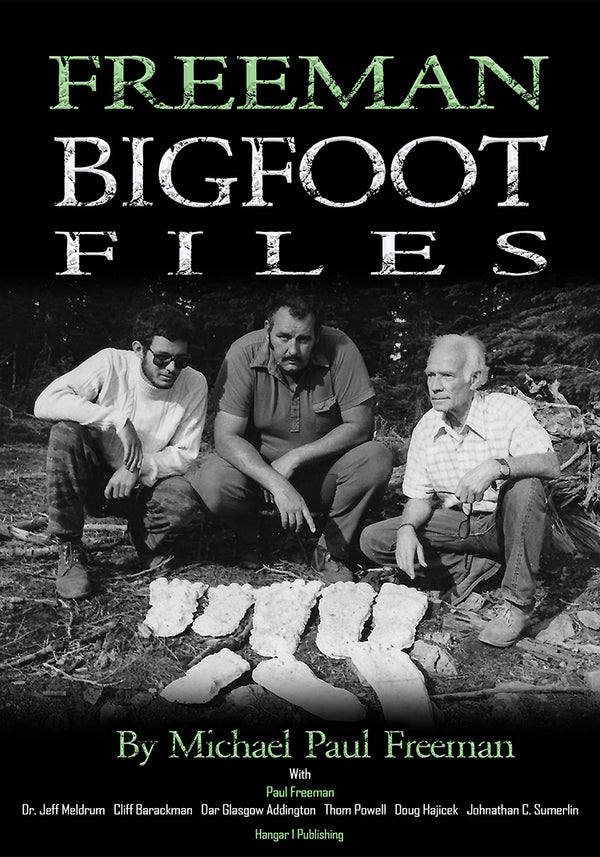Swamp Stalker: The Myakka Skunk Ape
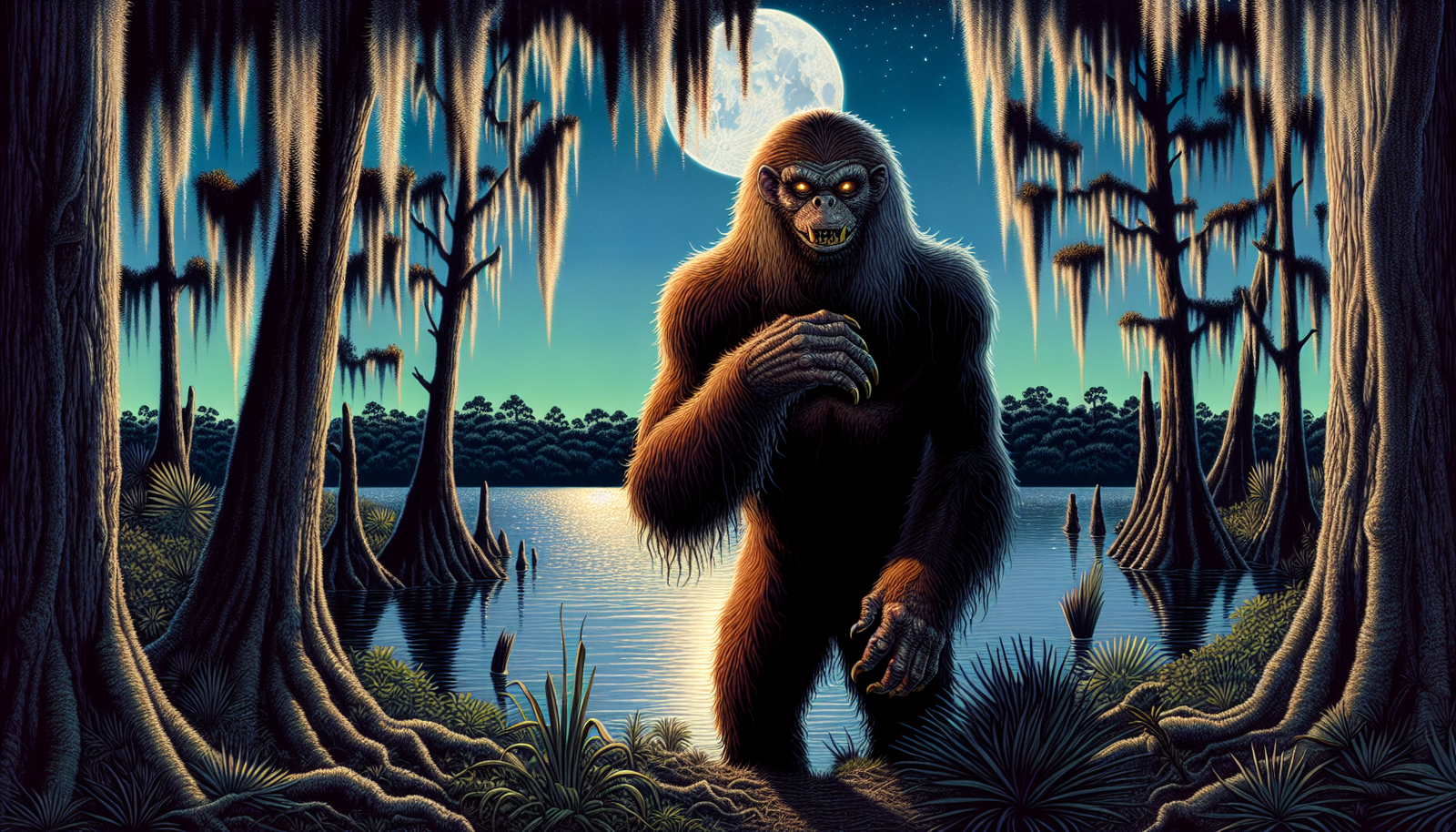
By Jack Sullivan, Bigfoot Researcher
Introduction
Imagine a creature so elusive, it has become the stuff of legend in the Florida swamps. This is the Myakka Skunk Ape, Florida's counterpart to the infamous Bigfoot of the Pacific Northwest. In 2000, a set of anonymous photographs sparked renewed intrigue in this cryptid and brought the Myakka Skunk Ape to the forefront of the public imagination once again. In this article, I aim to explore the many facets of this enduring mystery and provide the most extensive examination of the Myakka Skunk Ape available.
The Myakka Photographs: A Glimpse into the Unknown
In 2000, the Sarasota County Sheriff's Department received an anonymous submission containing two intriguing photographs. The images depicted a large, reddish, apelike creature captured in a moment of apparent aggression, baring its teeth for the camera. Accompanying the photos was a letter from an elderly woman explaining that this beast had been raiding the apples from her porch for three consecutive nights. She believed the animal to be an escaped orangutan.
The photos sparked feverish debate in cryptozoological circles. The creature possessed some orangutan-like features, but was clearly far larger than any orangutan on record. Expert analysis by renowned cryptozoologist Loren Coleman revealed telling details such as yellow canines, a pronounced brow ridge, and other apelike traits that added credibility to the images. However, the mystery of whether the photographs represent an authentic new species or an elaborate hoax remains unresolved to this day. For a brief moment, the reclusive swamp stalker seemed to emerge from the shadows, only to disappear back into legend just as quickly.
Historical Sightings and Native Lore
Stories of the Skunk Ape have circulated throughout the southeastern United States for over two centuries. The Seminole tribe referred to a foul-smelling wild man of the swamps as the "Esti Capcaki," or Cannibal Giant. Early European settlers recorded encounters with manlike creatures that ravaged livestock and inspired terror. One telling account from 1829 describes a band of hunters tracking an aggressive creature before killing it in self-defense. The hunters reported the beast stood over 10 feet tall and possessed the strength to decapitate a man with one swipe.
In the 1970s, sightings of the Skunk Ape exploded across Florida, with police officers, tour guides, farmers, and everyday citizens reporting run-ins with the cryptid. The creature earned its name from the putrid odor that lingered after encounters, said to resemble a mix of skunk spray and rotten eggs. Though mainstream science remained skeptical, the Skunk Ape had secured its place in the folklore of the region.
The Skunk Ape Research Headquarters: A Quest for Proof
Tucked away in the swamplands of Ochopee, Florida lies the Skunk Ape Research Headquarters, the life's work of Dave Shealy. Shealy claims to have spotted the elusive creature four times over his long career. In 2000, he captured a brief but intriguing video of an apelike figure traversing the swamp at incredible speed. Shealy has amassed an array of artifacts related to the cryptid, including photographic evidence, plaster casts of footprints, and samples of scat. Though some question his methods, Shealy's tireless efforts demonstrate that the Skunk Ape has an ardent believer intent on proving its existence.
Skepticism and the Search for Scientific Evidence
Despite the proliferation of eyewitness accounts over two centuries, mainstream science remains skeptical of the Skunk Ape's existence for lack of definitive evidence. The National Park Service has dismissed the creature as a hoax. Alternative explanations such as misidentified black bears, practical jokes, and people capitalizing on the legend for financial gain further cast doubt on the validity of sightings. Believers counter that many known species were once dismissed as myths. The debate rages on, with neither side able to produce the tangible proof needed to decisively settle the question. Until such evidence surfaces, the scientific community is unlikely to acknowledge this swamp stalker as a real creature.
The Cultural Phenomenon of the Skunk Ape
Though its physical reality remains questionable, the cultural impact of the Skunk Ape is undeniable. The cryptid has inspired local nicknames, art, literature, and even a dedicated beer. The Skunk Ape's enduring appeal reflects people's desire to believe that some mystery still exists in nature. It has become an icon of Florida's wilderness, a symbol of the unknown frontier guarded by this pungent protector. Some credit the Skunk Ape's popularity with promoting conservation, as protecting its habitat means preserving vital swamplands. For a creature that slips past cameras and avoids capture, the Skunk Ape exerts a powerful hold on the human imagination.
The Ongoing Debate: Myth or Reality?
Does a real animal lurk behind the legend of the Skunk Ape? Or is it a figment of overactive imaginations and folklore run amok? After decades of sightings, the debate remains polarized. Believers point to the richness and consistency of accounts across generations as evidence of the creature's existence. Skeptics see the lack of physical proof as reason to dismiss the notion altogether. Some posit that belief in cryptids fulfills a psychological need for mystery and adventure. Others argue that indigenous legends should not be so readily discarded by Western science. With little common ground between the two camps, the question remains mired in controversy. Only compelling new evidence can shift the debate one way or the other.
Conclusion
The Myakka Skunk Ape has proven to be an enduring enigma, a swamp phantom that briefly reveals itself before vanishing back into the bayous. As someone who has dedicated years to studying these mysteries, I believe open-minded exploration of places unknown may yet yield definitive answers. But whether real or imagined, the Skunk Ape will continue to prowl the borderlands between fact and fiction, culture and wilderness, capturing our imaginations. Does it stalk the swamplands still, waiting to be revealed? Or is it a legend that will forever elude capture, lurking in that tantalizing realm of possibility? The story continues.
Call to Action
I invite fellow enthusiasts to contact me with your own experiences or theories regarding the Myakka Skunk Ape. Together, we can advance this research and come closer to a resolution. I also encourage supporting local folklore preservation societies and environmental conservation efforts in the region. For those seeking adventure, visit the Skunk Ape Research Headquarters and explore the mysteries of the swamp yourself—you never know what you might find!
From Bigfoot to UFOs: Hangar 1 Publishing Has You Covered!
Explore Untold Stories: Venture into the world of UFOs, cryptids, Bigfoot, and beyond. Every story is a journey into the extraordinary.
Immersive Book Technology: Experience real videos, sights, and sounds within our books. Its not just reading; its an adventure.


